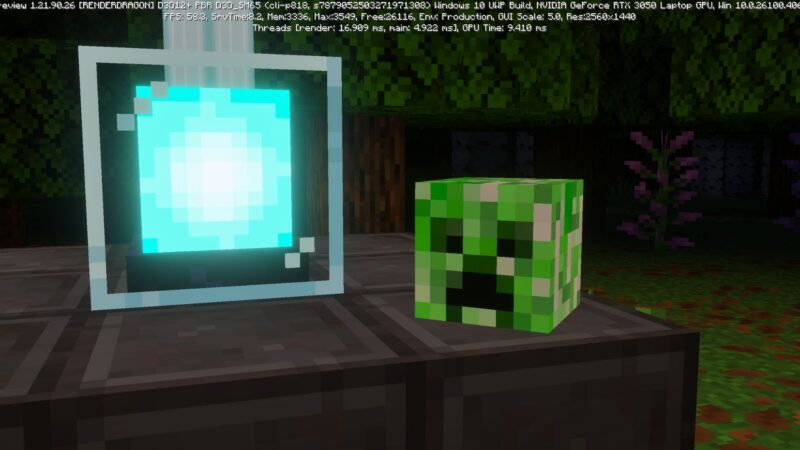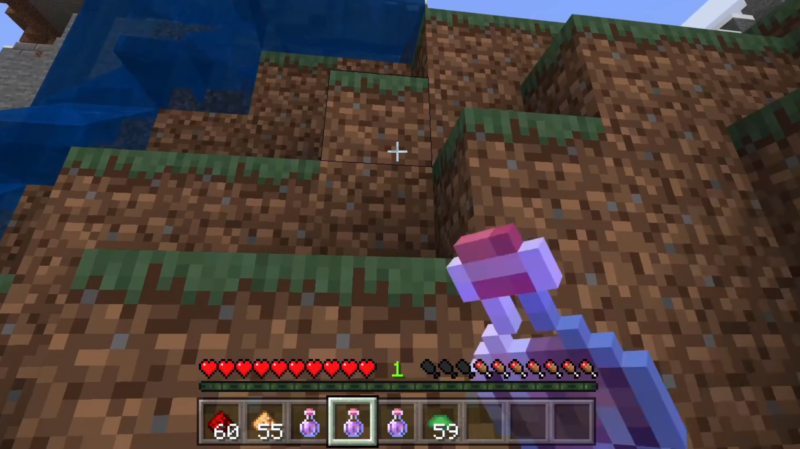Discover the hidden lore behind Ghasts in Minecraft, from frozen origins to tragic transformations in the fire-filled Nether realm.
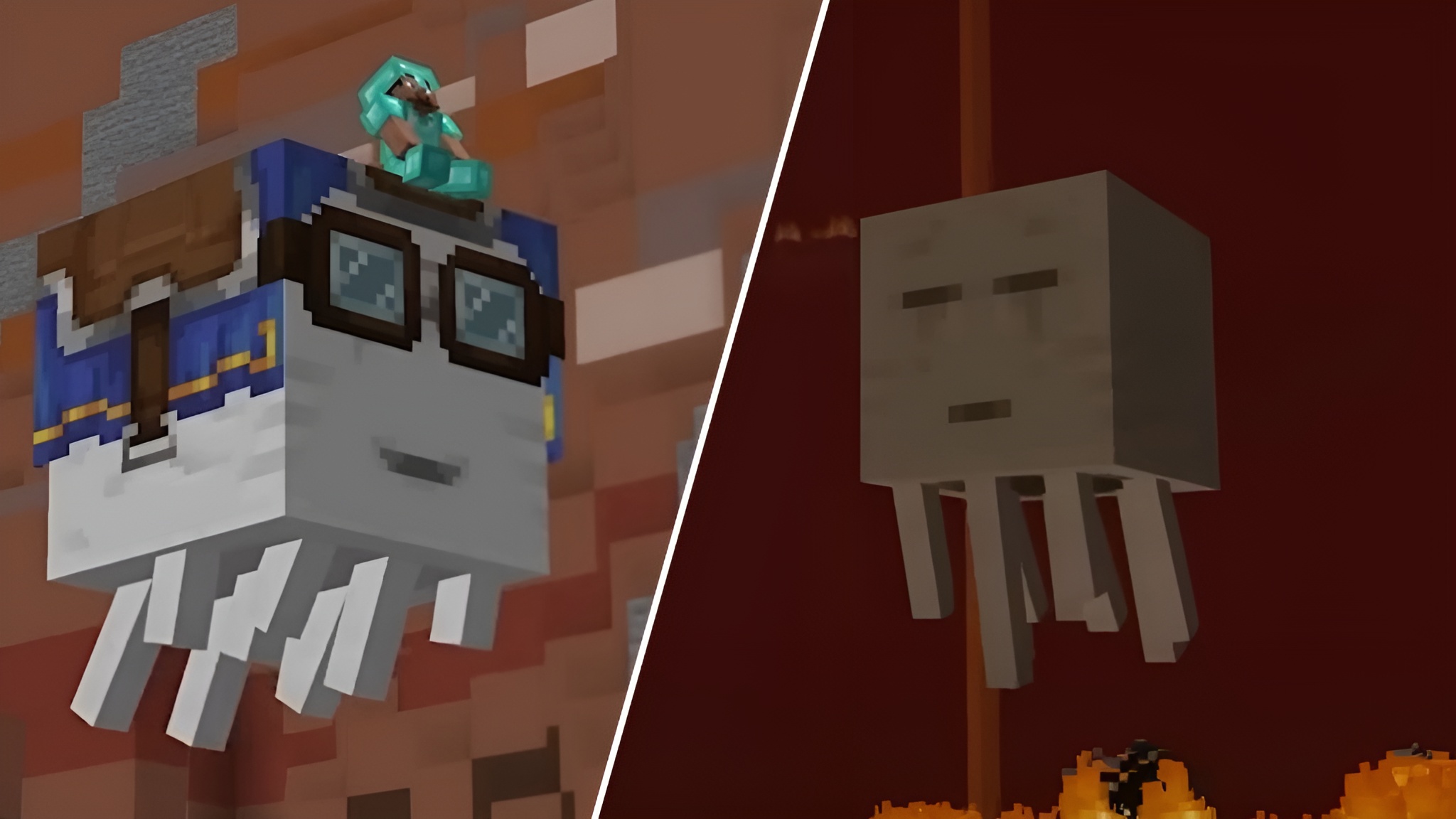
Minecraft Live 2025 introduced the Happy Ghast, a friendly counterpart to the fire charge-shooting variant that gives players an explosive welcome in the Nether. Ghasts are creatures native to the hellish dimension, which can be accessed by making a Nether portal out of obsidian. Dried Ghasts are found near the giant fossils in the Soul Sand Valleys biome of the Nether. They can be mined, transported to the Overworld, and revived with water.
Once rehydrated, the Dried Ghast will transform into a Ghastling that follows the player and wanders inquisitively. The Ghastling can be fed snowballs and eventually turns into a Happy Ghast. The Happy Ghast is tamed and rideable by up to four players using a harness.
Twin Ghast Theories
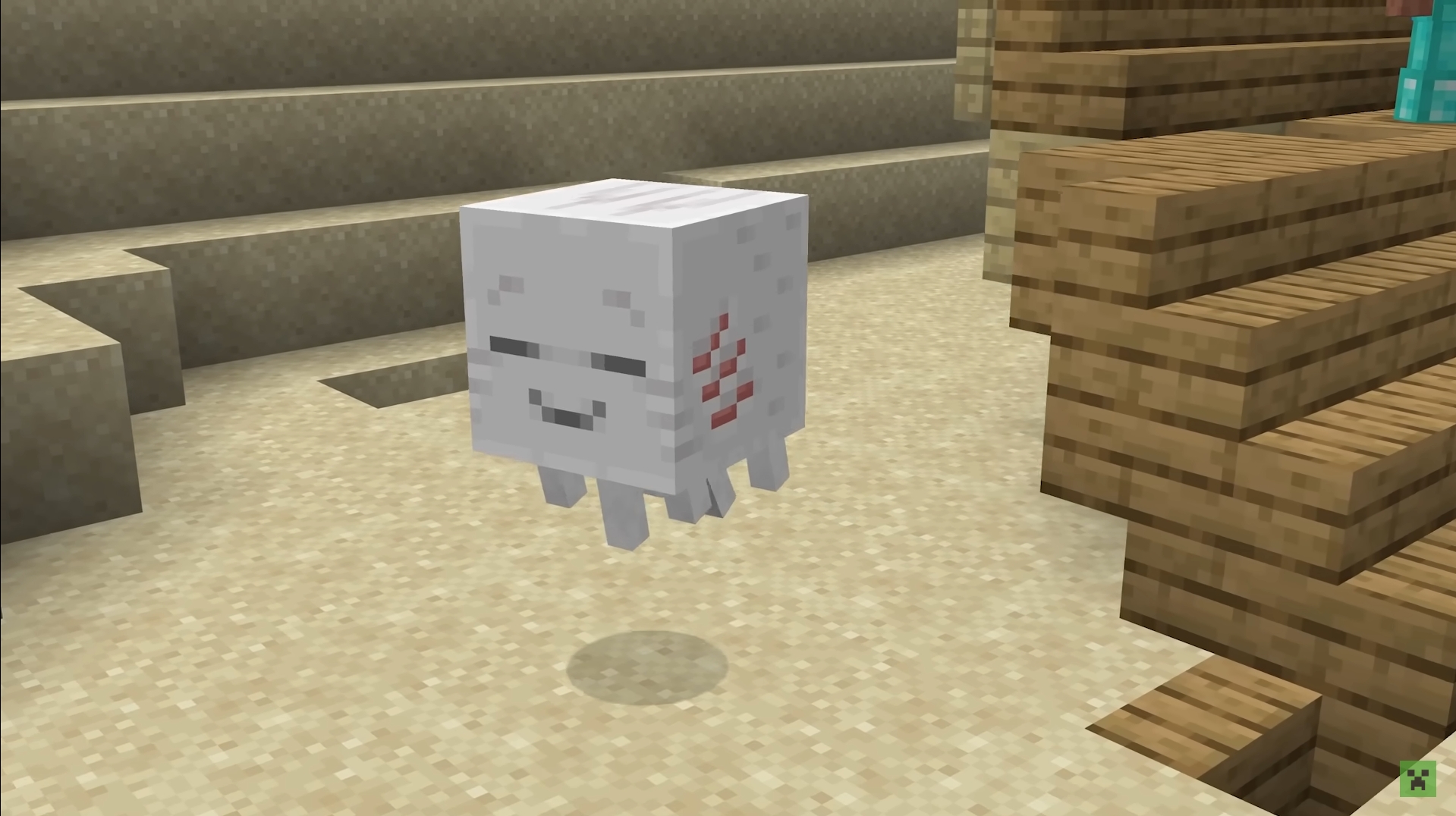
The existence of the Happy Ghast raises several questions about the creature as well as its angry counterparts in the Nether. The Happy Ghast needs water to survive, but water cannot exist in the Nether due to its heat, clearly implying that the flying creature does not belong in the fiery hellscape.
Two theories regarding the Ghast’s current state are presented in the article. They have a common origin point and differ in the conclusions drawn about the nature of Nether Ghasts. The first considers only what we know as players exploring the world of Minecraft. The second considers the Mobestiary, written by Alex Wiltshire, in addition to in-game knowledge. In either case, the theory for the origins of the Ghast remains the same.
Ghast Origins – Ice and Water
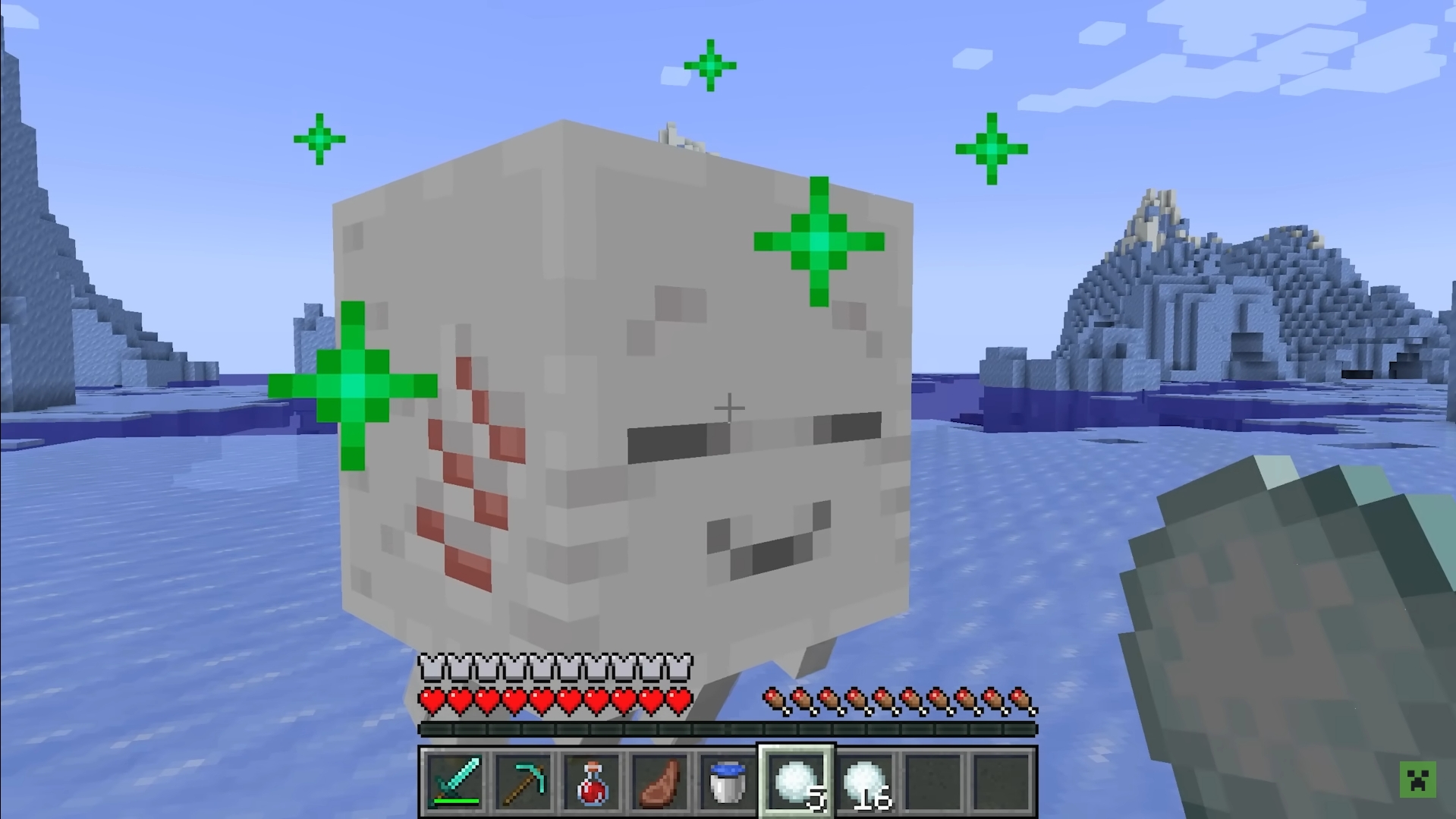
After rehydrating the Dried Ghast, the Ghastling smiles, and the gills on the side of its head open up. The gills seem to vanish when it matures into the adult Happy Ghast, pointing to an amphibian life cycle. This is further reinforced by the Ghastling’s diet of snowballs and its tentacles resembling those of a squid.
Since Ghasts do not have the capability to build Nether portals themselves, they were either brought to the dimension by a civilization using them as transports or evolved in a version of the Nether that was frozen. The idea of a frozen Nether fits well with the ninth circle of Hell in Dante’s Inferno—Cocytus—where traitors are submerged in ice.
In either scenario, the Ghasts suddenly found themselves in a burning hellscape that they were not evolved for. The fossil and bone remnants that Dried Ghasts lie under seem suspiciously like long-dead adult Ghasts. It appears that the cataclysmic event that led to the Ghasts being stuck in the current Nether caused the mass extinction of their species. But what about the hostile Ghasts or “normal” Ghasts in the Nether? This is where the two theories come in, one of forced adaptation and the other of biomechanical engineering.
Theory 1 – Ghasts Adapted To Survive in the Nether

After being trapped in the Nether, the remaining Ghasts found a way to survive. However, their existence appears to painful, as suggested by their haunting screams and wails during attacks on players. Their face textures hint at a creature in agony, with trails of dried tears streaming down its eyes. They drop Ghast Tears when killed, supporting the idea that they are biological creatures.
Ghasts shoot fire charges at the player when aggroed. Fire charges appear to be available in the Nether, as Piglins trade them. The Ghasts may have given up their original diet of snowballs for the similarly shaped fire charges, which they now use as ammunition. This theory points to Nether Ghasts being hostile because of their adaptations to an inhospitable environment.
Theory 2 – Ghasts Were Modified by Ancients
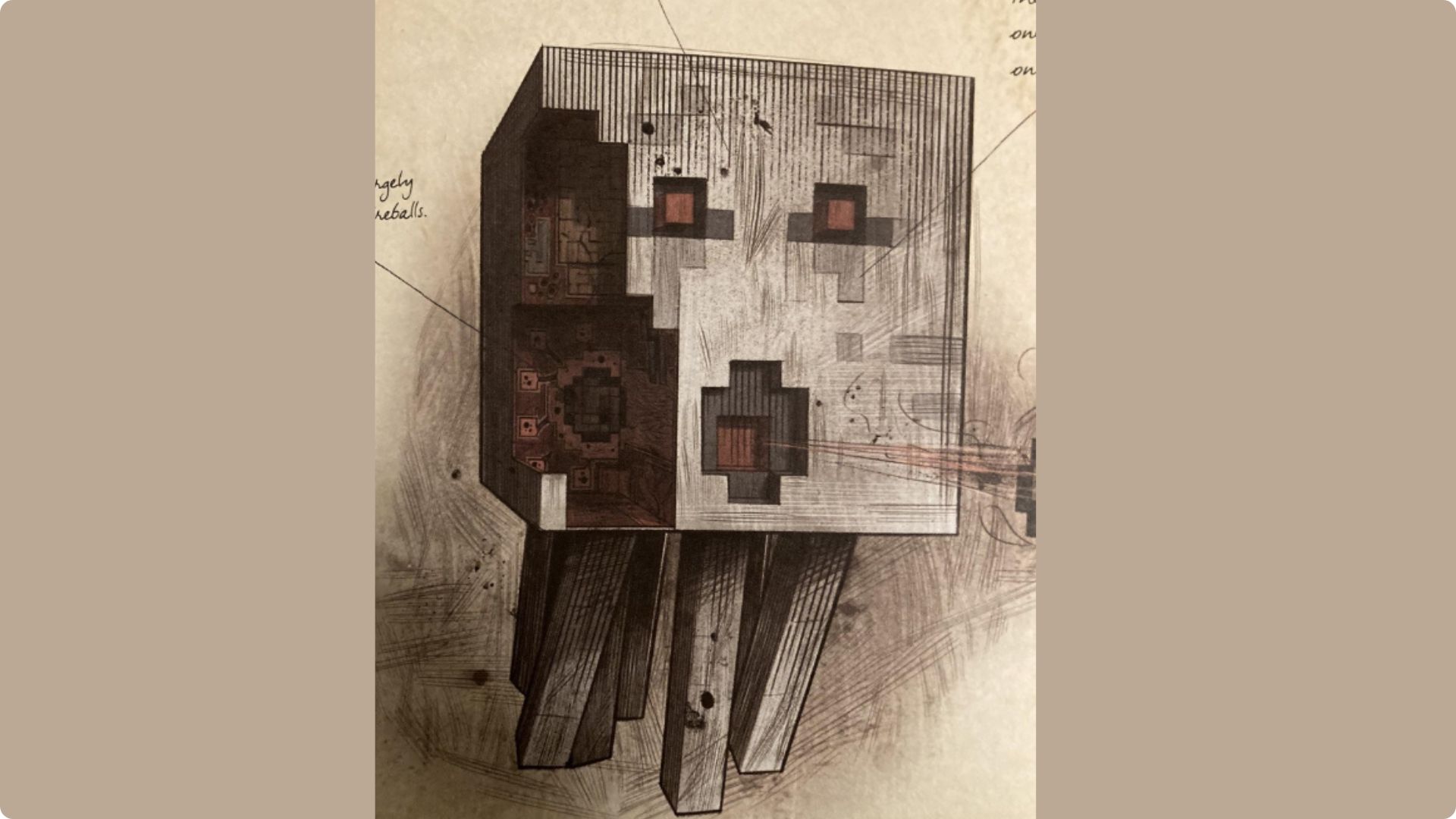
‘Minecraft: Mobestiary’ is narrated by a character in the Minecraft world known as the Naturalist. It documents that the Ghasts have redstone contraptions inside them that shoot fire charges using a dispenser. The Ghasts are said to have been modified by ancient builders to patrol and defend their fortresses. These ancients are presumably responsible for the creation of the bastions. They may belong to the same civilization that brought the Ghasts to the Nether before becoming trapped there.
This theory is supported by Ghasts being immune to fire damage. The Ghasts in the Nether take no damage from fire and even submerge themselves in lava. However, the Happy Ghast takes fire damage of any kind. Ghasts may have been modified by the Ancients to fit into the hellish environments of the Nether. It seems highly unlikely that aquatic creatures like Ghasts can evolve to be completely immune to fire, especially when their young cannot grow without water.
Furthermore, Nether Ghasts drop gunpowder when killed, a substance that no purely biological creature should have in its body. The Happy Ghast cannot shoot fire charges or launch attacks of any kind.
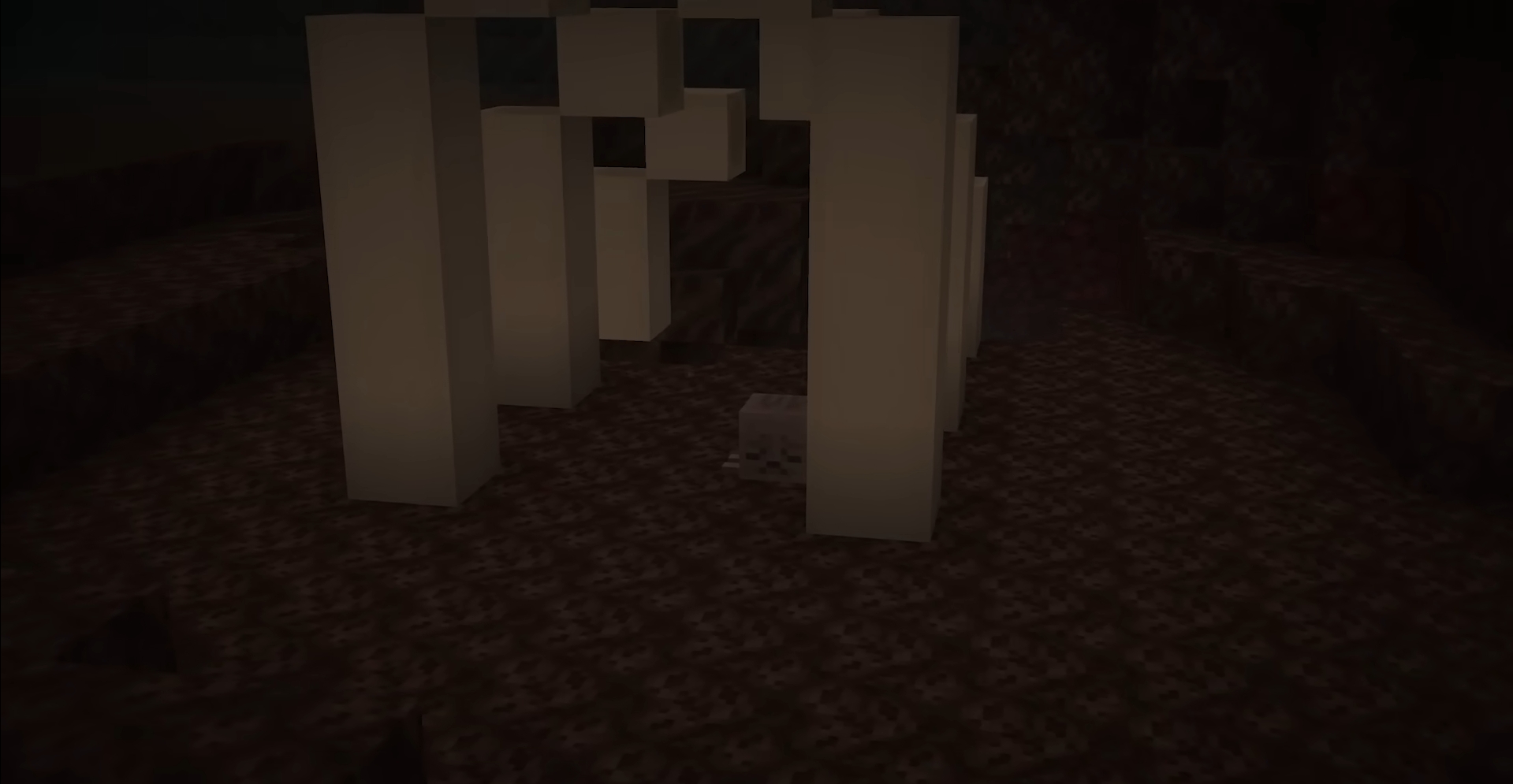
Therefore, this theory suggests the original Ghasts are an extinct race only survived by any Happy Ghasts saved by the player. Dried Ghasts remain in stasis, waiting for water beside a seeming parent’s remains, while all that is left of their kind are bioengineered sentries that have long since lost their purpose.
Looking For More?
Thank you for reading the article. We provide the latest news and create guides for Baldur’s Gate 3, Starfield, ARK Survival Ascended, and more. Also, watch Deltia play games on Twitch or visit his YouTube channel!
 Reddit
Reddit
 Email
Email
